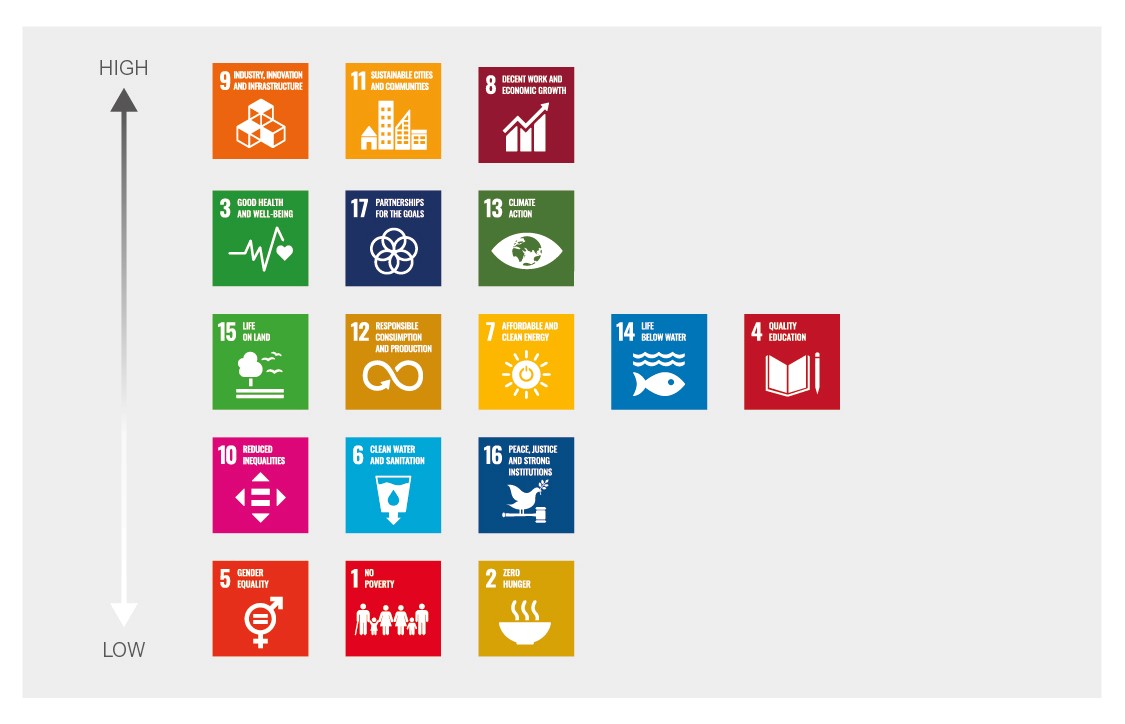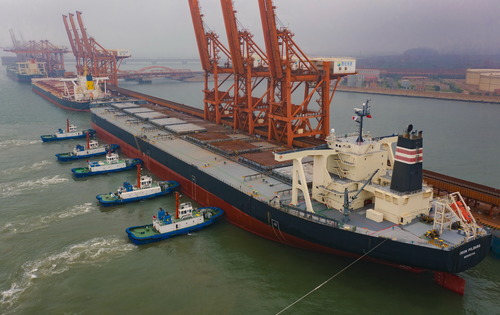By Patrick Verhoeven, Managing Director - Policy and Strategy, International Association of Ports and Harbors (IAPH)
A complex mixture of geopolitical changes, digitisation and automation and decarbonisation will shape the future of the port sector.
Continued exponential growth in intra-Asian trade and progresses in advancing regional development initiatives will transform the geopolitical map by the second half of this century. Population growth in developing regions such as Africa and the Indian subcontinent will redraw principal seaborne trade lanes.
Nearly every segment of the global supply chain is now seeking to rationalise its operations through mergers or strategic alliances. This includes shipping lines, terminal operators and shippers. Port authorities remain the one notable exception to far-reaching cooperative arrangements, at least in relative terms, vis-à-vis other economic actors in the supply chain. Closer cooperation between ports will become inevitable in future, given the search for scale and scope economies, but also environmental and societal pressures. Successful cooperation will depend upon well-defined, future governance models.
The International Maritime Organization's (IMO) 2020 sulphur cap and 2050 target for greenhouse gas reductions heralds the start of a structured approach towards capping harmful emissions, where ports are already playing their role as providers of alterative clean marine fuels. The emergence of alternative non-carbon fuels like hydrogen and methanol will also power the ships of the future within 50 years. How fast that transformation takes place will depend on the willingness of ship owners and shipyards, and preparedness of service providers and innovators alike to invest in fuel cell technology and infrastructure in ports. Ports will need to ensure that all the necessary standards, processes and expertise are in place for the safe and efficient supply of these new alternative fuels.
A growing number of initiatives in the field of the circular economy is expected, whereby port authorities will be expected to work together with neighbouring industrial clusters to generate their own energy and give new economic purpose to waste products. This will challenge the conventional principal role of port authority as a landlord of port terrain.
One of the major outcomes of the COVID-19 crisis is the very urgent need for ports to digitalize processes and data exchange. To date, only 49 of the 174 Member States of the IMO possess functioning Port Community Systems. Exchanging paper by hand and relying on person-to-person interaction will need to be replaced by more efficient electronic transactions.
A point may be reached where automation and standardized real time data handling between port players converge with the application of artificial intelligence and predictive forecasting using big data collated from devices throughout the port, i.e. the "Internet of things". This could improve efficiency in areas such as port call optimization and trade facilitation. The speed of development will depend upon the readiness of the ports, enterprises, relevant authorities and logistics players to adopt new technology such as 5G, share sensitive data, and the willingness of port authorities and their governing bodies to encourage or even impose this openness.
To help ports preparing for this future, IAPH established the World Ports Sustainability Program. Guided by the 17 UN Sustainable Development Goals (SDGs) the program is aimed at enhancing and coordinating future sustainability efforts of ports worldwide and fostering international cooperation with partners in the supply chain.

Since its inception, over 120 projects have been registered from IAPH port members from all over the world in the fields of resilient infrastructure, energy transition, safety and security, community outreach and governance. 71 ports have developed these concrete projects from 38 countries all over the globe.

Community outreach and port-city dialogue are on top of ports' agendas worldwide. This is hardly surprising, given that ports are granted and maintain their license to operate and grow by their local communities.

Climate and energy and resilient infrastructure also score relatively high, no doubt driven by societal, political and commercial pressures to embrace decarbonization and digitalization. Governance as well as safety and security appear to be relatively underdeveloped areas in need of more attention. Safety and security will surely become prominent in the post-COVID-19 environment, where all ports are seen now to have to significantly change the way in which they operate to meet heightened health and safety standards.
Governance will also receive more attention in the future, in particular to address the age and gender imbalances in the industry overall. The quality of accelerated skills development will have to aim at changing the age and gender demographic, which currently shows 89 and 91 percent of positions occupied by males at respective directorship and C-levels, and a skew towards seniority versus performance-based promotion and job rotation. Ports will need to work towards attracting new young talent as port professionals in future in order determine success in transforming the industry.




 A single purchase
A single purchase









